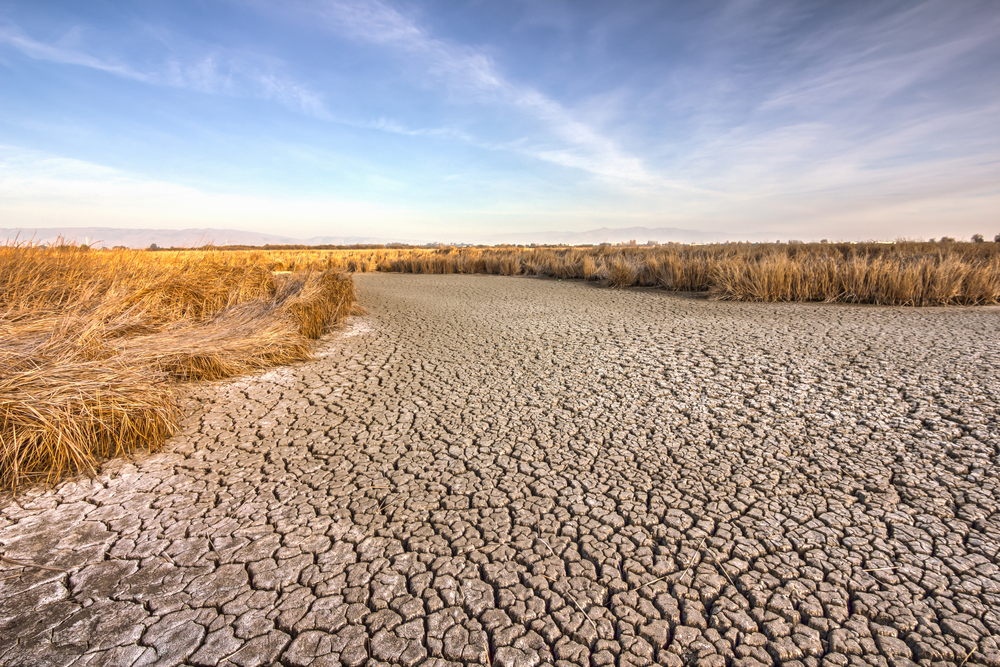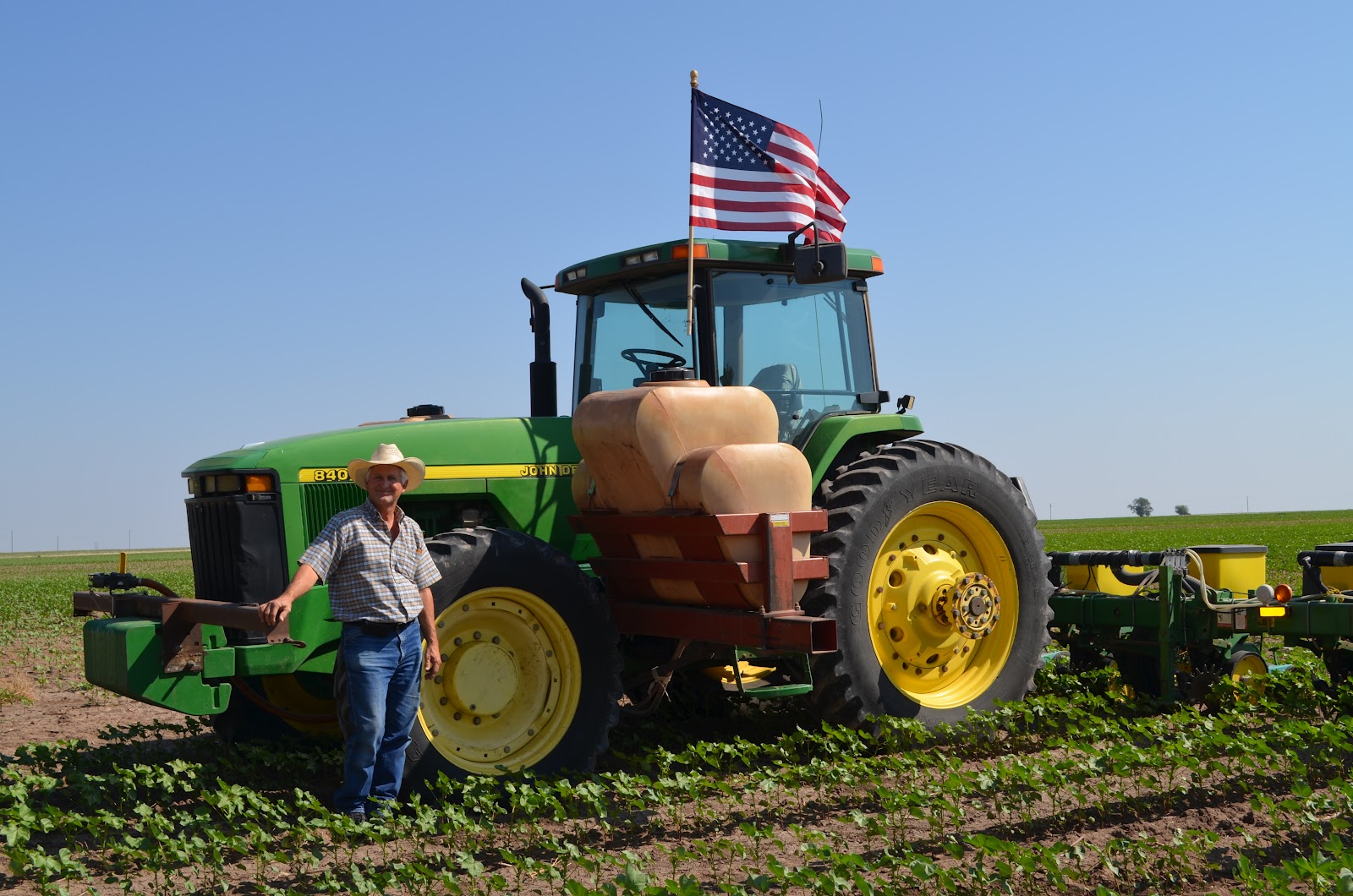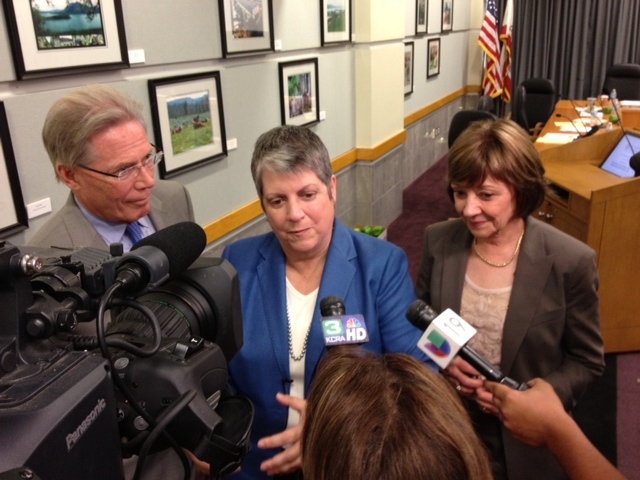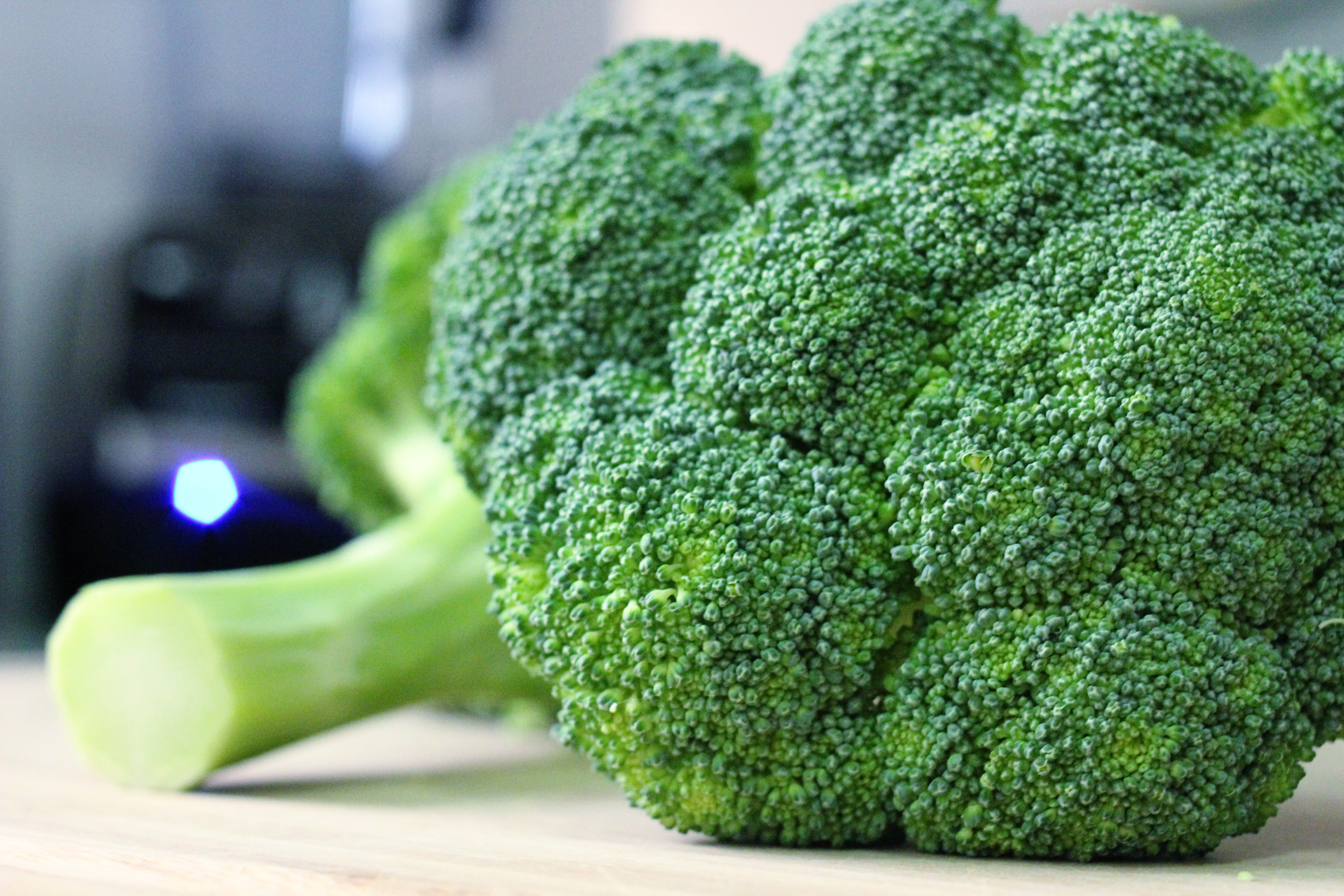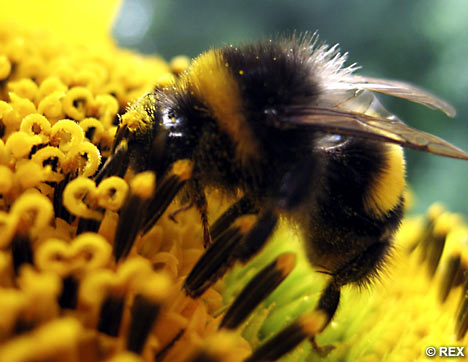The International Food Information Council Conducts Consumer Survey
The International Food Information Council took a look at what U.S. consumers think about food safety and food technology, and offered some insights on the results in a webinar in late June. The topics included some that are of interest to the produce industry, including sustainability and biotechnology.
IFIC staff noted that consumers are farther removed from the sources of their food than ever before, and that food is a personal and emotional topic. They also noted that labeling initiatives around the United States put biotech in the spotlight, and social media and speedy communications spread information more quickly than ever.
These are a few takeaways from the webinar:
Confidence in the U.S. food supply, at 67% (19% neutral, 14% not confident) remains about the same as it has for the past six years. Consumers’ top concerns remain disease/contamination (18%) and handling/preparation (18%), but those concerns have declined since 2008.
When asked whether they avoid certain foods, 53% said they did—primarily for health reasons. The types of foods they avoid (in order) were: sugar/carbs, fats/oils/cholesterol, animal products, snack foods/fast foods/soda, salt/sodium, artificial/additives, processed/refined foods, biotech (1%). These attitudes certainly bode well for fresh produce.
Fewer than one in 10 know a lot about sustainability in food production, and more than four in 10 know nothing at all. Yet two-thirds say it is important that foods are produced sustainably. However, in general, consumers won’t pay more for sustainable foods.
Consumers believe modern agriculture produces nutritious, safe, high-quality foods that can be sustainable. Just over half believe farms are still primarily family-run.
Overall, U.S. consumers have heard a little about food biotechnology, but only 11% have heard a lot. Compared to prior years, consumers’ impressions of food biotech has changed—favorable 28% (37% in 2012) and 29% unfavorable (20% in 2012).
Interestingly, nearly two-thirds of consumers believe vegetables and fruits are biotech products. When given rationales for using biotechnology (e.g. reducing carcinogens, protecting produce from insect damage which reduces pesticide applications), two-thirds or more of consumers say they are likely to buy them. One-quarter of consumers want additional labeling information, and of those 4% want biotech information (up from 1% and 0% in prior surveys).
Studies like this continue to show that consumers need and want information. It’s up to us to tell them.





